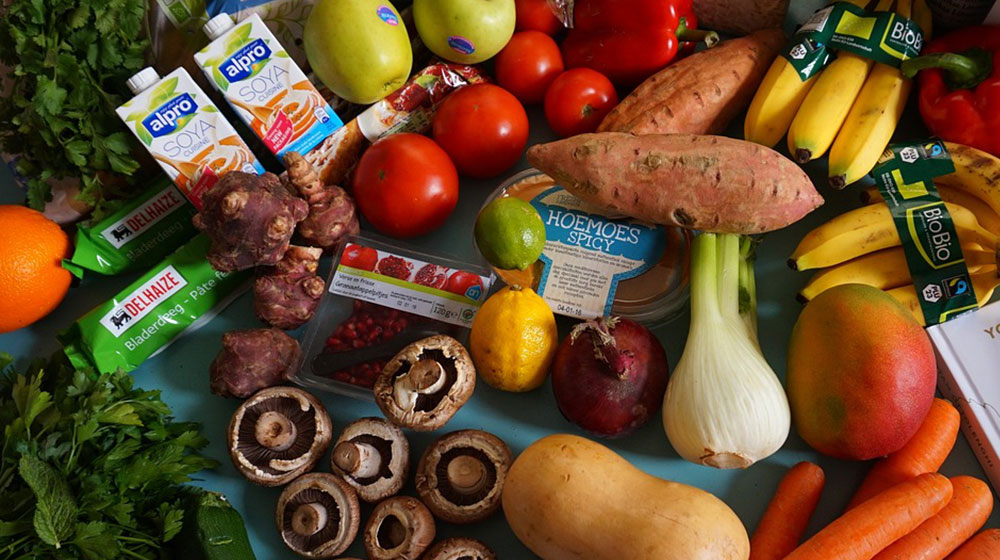Top Help for Drivers in 2024: Save on Insurance & Repairs

In 2024, as the cost of owning and operating a vehicle continues to rise, many low-income drivers are finding it increasingly difficult to afford necessary expenses such as vehicle repairs, insurance, and fuel. Recognizing this challenge, federal, state, and local governments have introduced various assistance programs to help alleviate the financial burden for those most in need. These programs aim to ensure that low-income individuals maintain access to reliable transportation, which is often essential for employment, healthcare, and other daily activities. Below are some of the key government assistance initiatives available in 2024.
Low-Cost Auto Insurance Programs
Auto insurance is a legal requirement in most states, but for low-income drivers, the cost can be prohibitively high. Several states have introduced Low-Cost Auto Insurance (LCAI) programs that offer affordable insurance premiums. For instance, California’s Low-Cost Auto Insurance Program (CLCA) provides basic liability insurance at reduced rates to eligible residents. These programs are designed to meet the minimum insurance requirements while keeping costs manageable for those who qualify based on income levels and vehicle type.
Eligibility requirements for low-cost insurance typically include:
Proof of income (e.g., federal poverty level guidelines)
Ownership of a vehicle within a certain value range
Valid driver’s license
Drivers in participating states can apply through their local Department of Insurance or similar agencies.
Vehicle Repair Assistance Programs
Routine vehicle maintenance and unexpected repairs can be expensive, especially for those living paycheck to paycheck. Recognizing that reliable transportation is critical for economic mobility, some states offer Vehicle Repair Assistance programs. For example, the Drive Clean Assistance Program in states like Texas provides financial aid to repair or replace older, high-emission vehicles, ensuring low-income drivers meet emissions standards without incurring the full cost themselves.
These programs typically assist with:
Repairs to meet emissions testing requirements
Safety-related repairs, such as brakes and tires
Voucher programs to help replace irreparable vehicles with newer, more fuel-efficient models
To qualify, applicants may need to provide documentation such as income verification, vehicle registration, and emissions test results.
Public Transit and Rideshare Subsidies
For those who may not be able to afford vehicle ownership, many cities and states offer public transit subsidies or rideshare assistance for low-income individuals. These programs make commuting and daily travel more affordable by providing discounted fares or free transit passes. For example, in New York City, the Fair Fares NYC program offers discounted MetroCard fares to low-income residents, while other cities may partner with rideshare services like Uber or Lyft to provide subsidized rides for essential trips.
These initiatives are typically aimed at:
Individuals earning below a certain income threshold
Those who rely on public transit or rideshare for daily commuting
Residents of areas with limited public transportation options
In 2024, these programs have expanded to cover more geographic regions, especially in suburban and rural areas where public transit options are more limited.
Electric Vehicle (EV) Incentives for Low-Income Drivers
As the world moves toward cleaner energy solutions, Electric Vehicle (EV) Assistance Programs have been introduced to help low-income individuals afford the transition to electric vehicles. The federal government, along with some states, offers rebates and incentives specifically for low-income drivers who purchase or lease EVs. For example, under the federal Clean Vehicle Credit, qualifying individuals can receive up to $7,500 for the purchase of a new EV, with additional state-specific rebates available for low-income households.
In addition to purchase incentives, there are also programs that:
Provide financial support for installing home charging stations
Offer rebates for used EVs, making them more accessible to low-income drivers
Include educational resources on affordable EV maintenance and charging
These initiatives aim to make the long-term cost savings of EV ownership—such as reduced fuel and maintenance costs—more attainable for everyone.
Fuel Assistance and Gas Vouchers
With fuel prices fluctuating and often rising, some low-income drivers are turning to fuel assistance programs to make ends meet. Certain states and local governments offer gas vouchers or fuel subsidies to help individuals afford the cost of gasoline, particularly in rural areas where public transit is scarce. These vouchers may be distributed through social services departments or community action agencies and are generally aimed at individuals who rely on their vehicles for employment, medical appointments, or other essential tasks.
Eligibility typically depends on:
Income level relative to the federal poverty line
Employment status
The number of dependents in the household
In 2024, fuel assistance programs are expanding in response to high fuel prices and increased demand, ensuring that more low-income drivers can stay on the road.
As transportation remains an essential part of daily life for millions of Americans, government assistance programs for low-income drivers in 2024 are more crucial than ever. From affordable auto insurance and repair assistance to public transit subsidies and electric vehicle incentives, these initiatives are designed to reduce the financial strain on individuals who rely on their vehicles for work, healthcare, and personal responsibilities. By taking advantage of these programs, low-income drivers can maintain mobility, access opportunities, and improve their overall quality of life.








